Situated at 1,000m above sea level in the centre of Western Crete, the Omalos plateau is the starting point for several classic mountain routes, both ascents and descents.
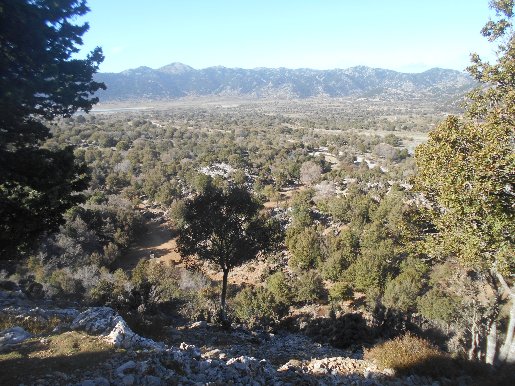
To the SE the summits of Gingilos, Volakias and Psilafi are climbed via Linoseli ; to the NE, Melindaou is attained by way of Kallergi refuge, and from there on to Pachnes, at 2,453m the highest peak in the White Mountains.
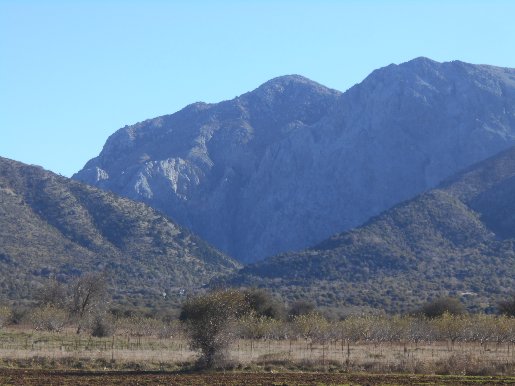
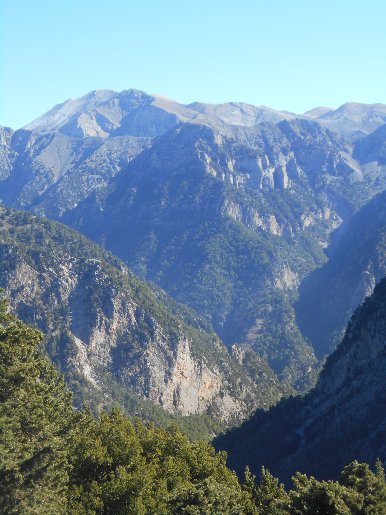
Far below, the Libyan Sea can be reached by the gorges of Figou/Agia Irini, and of course through the Samaria Gorge, and from the north of the plateau a centuries-old transhumance trail winds down to Lakki.
A 10km drive around the perimeter, with a 1.6km extension to Xyloscala to look over and across the gorge to Pachnes, is one way to appreciate the plateau, but far more enjoyable is to walk this 7km – and almost entirely level – route described below.
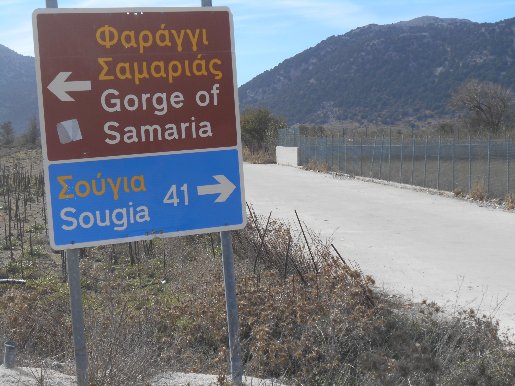
Park at one of the hotel/tavernas in Omalos ‘village’, the ‘Exari’ being open all-year round, others are often closed in winter. Just 350m ahead is the road junction (to Sougia) where the walk starts. It’s circular, so can be followed in either direction, although it seems better to walk clockwise, instead of ‘widdershins’.
So set off SE towards the Gorge of Samaria. Five km distant towers the dark, lowering north face of Gingilos, its summit mythologically the Throne of Zeus, king of the Greek gods, who was born and raised in the Diktaean Cave in eastern Crete. Closer, and more benign, are the slopes of Strifomadi, where some two decades ago a ski resort was proposed and planned, but which, with unpredictable snow levels, happily never materialised.
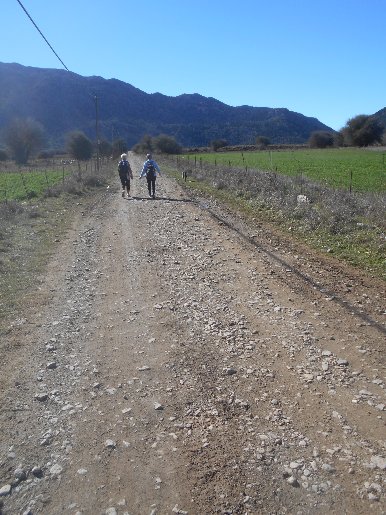
After just a few minutes (500m) along the often busy ‘main’ road, turn right (SW) on a track which bisects the plateau. “It’s a long road that has no turning…” but this one is arrow straight for 1.7km. With fertile soil and a cool climate, a variety of crops, especially cereals, potatoes and apples, have been grown here for centuries, with summer grazing for sheep and goats. On the plateau, around April when the winter snows have melted, appear masses of rare and strikingly colourful tulips – ‘tulipa bakeri’ – which are endemic to Crete.
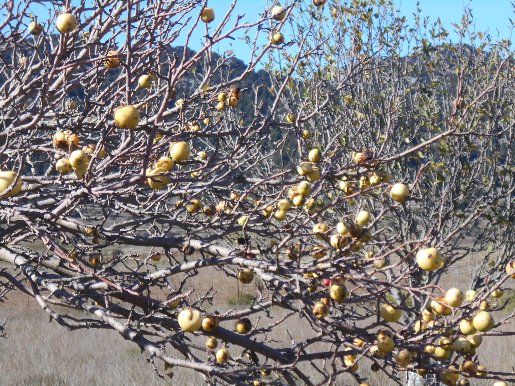
At its far end, divert from the road to a viewing point above Lake Omalos, the reservoir built to service the water needs of the plateau.
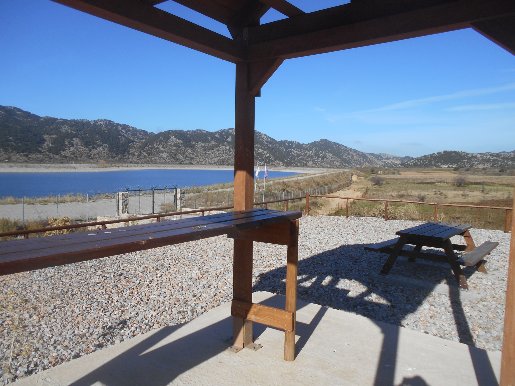
Then swing right and along a boardwalk to the small ‘pond’. The wooden hut is a ‘hide’ for birdwatchers, who might, especially during migrations, see egrets, finches, pipits, warblers and smaller raptors. The little pond, frozen in winter, is a small version of what was once, according to legend, a vast lake filling the entire Omalos plateau, the waters of which supposedly drained through the ‘swallow hole’ at Tzanis Cave, at the north of the plateau, emerging to become the source of the River Keritis and Agia Lake. Unlikely, but ….
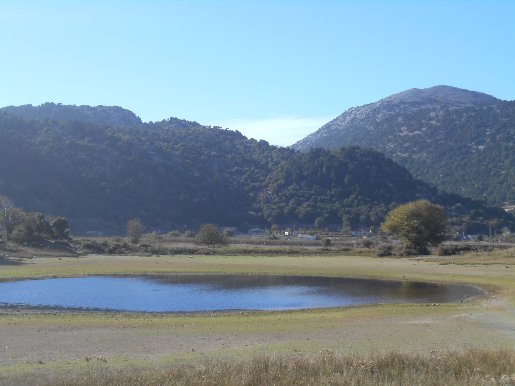
Keeping right, follow the winding road for nearly 2km, passing the small family church of Ag. Ephraim and several shepherds’ houses, some still in use, others not, to reach the simple but welcoming taverna/cafe of I Milia. After a break here, join the surfaced road bordering the north of the plateau for a further 3km walk back to Omalos. En route are several (now ruined) stone ‘mitata’, the small houses once used for cheese-making, especially the famed and excellent ‘graviera’.
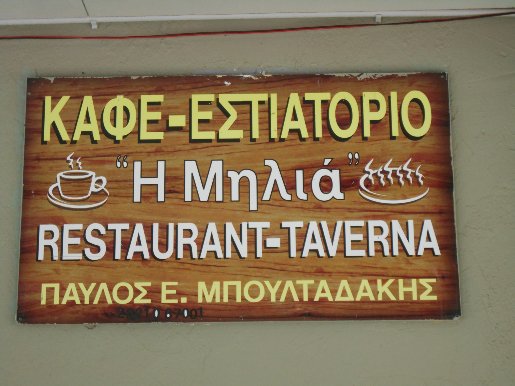
If, and highly recommended, you return to Exari, especially on a cold winter’s afternoon, there is nothing better than to relax in front of the log fire with a bowl of Evangelia’s home-made vegetable and bean soup ….
Seasons Greetings
No Christmas Puzzle this year, but watch out for a special edition of Explore ! in January.


1 comments
Kalimera, there are still two very interesting and rather unknown sights on the Omalós plateau:
– the Agion Panton chapel and the amphitheatre
– Zelkoven grove, Koutsopétra
The Cretan Zelkova (Zelkova abelicea) is a tree from the elm family. In Greek it is called ‘Ambelitsa’ (?????????). It is endemic to Crete and is found there in the mountains. Because its wood is flexible and robust, Cretan shepherd’s poles are or were made from it.
The oldest Cretan zelkove is in Omalós. It is 700+ years old and has a circumference of 4.3 metres.
It takes about 30 minutes to walk to the Zelkoven grove, many of which are over 200 years old. The place is called Koutsopétra.
There is a thread about the Agion Panton chapel/amphitheatre and the Zelkoven grove in the Levka-Ori hiking forum.
Kaló Chimóna (???? ???????) – have a good winter, kv